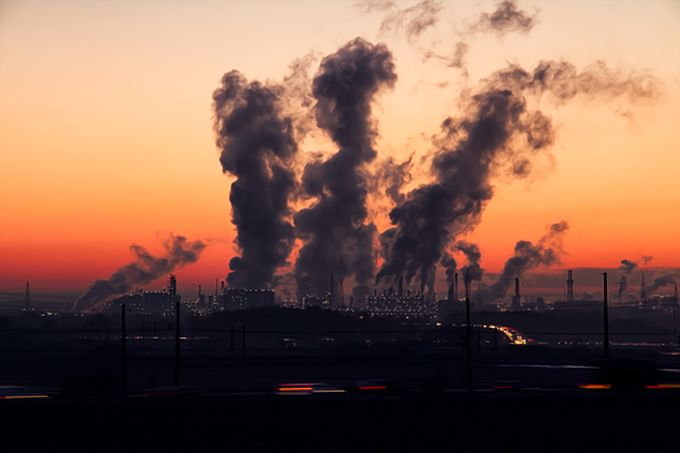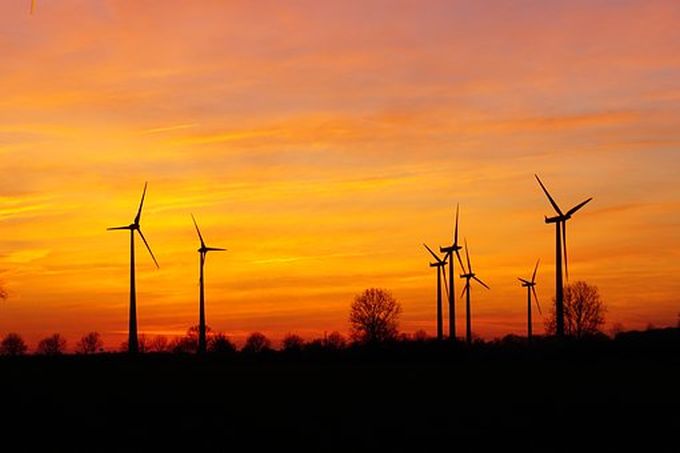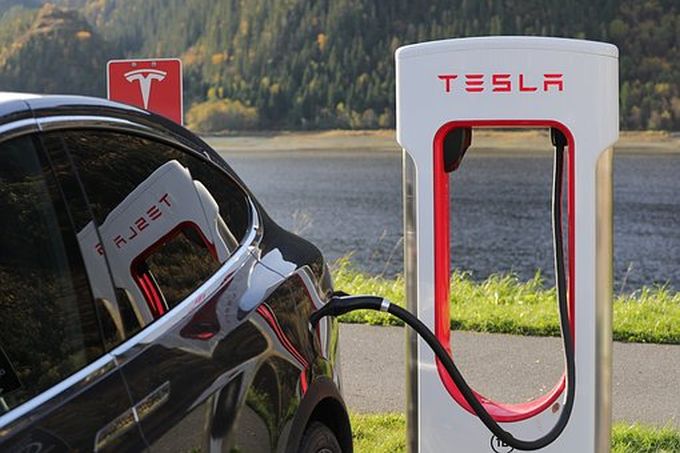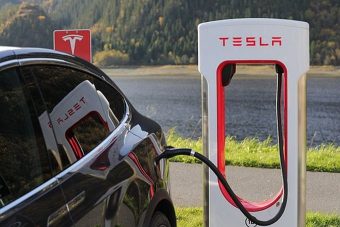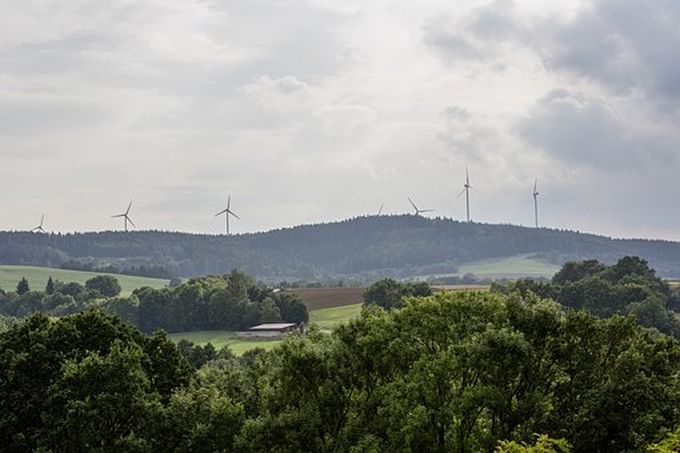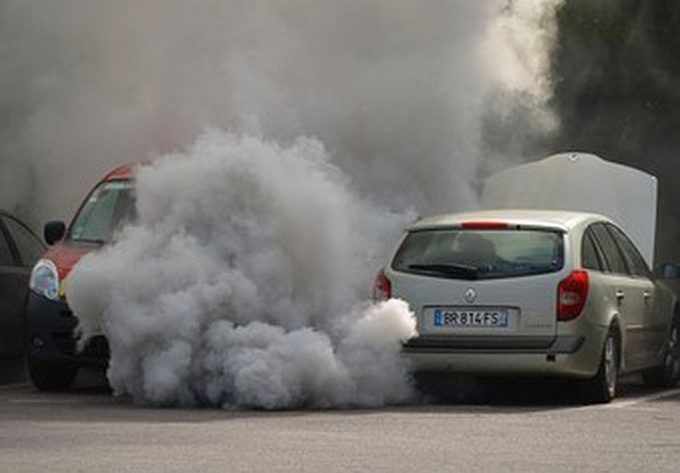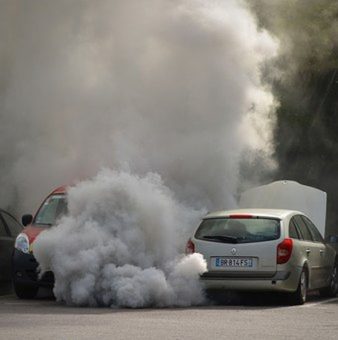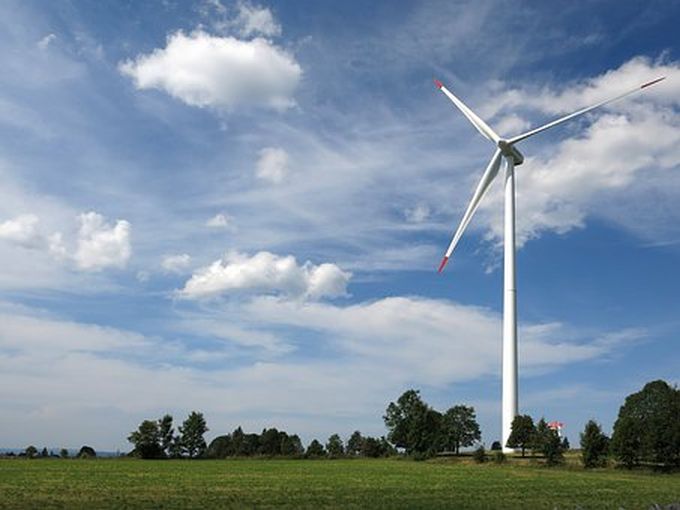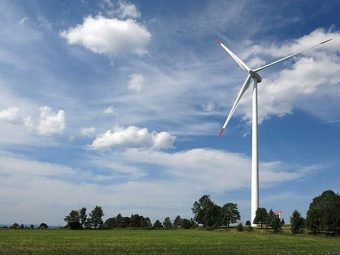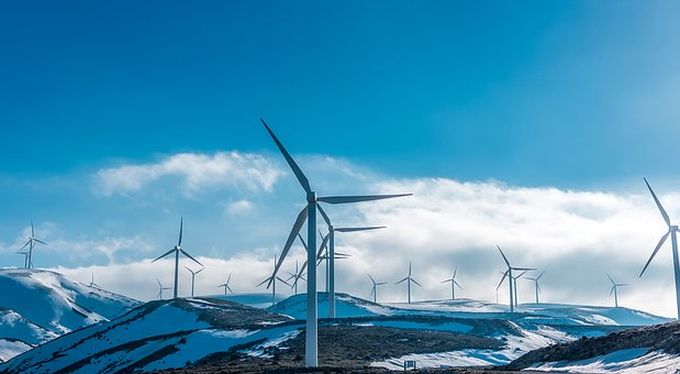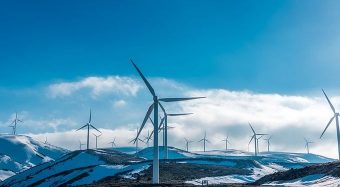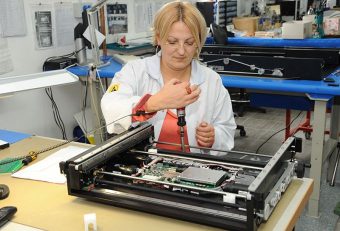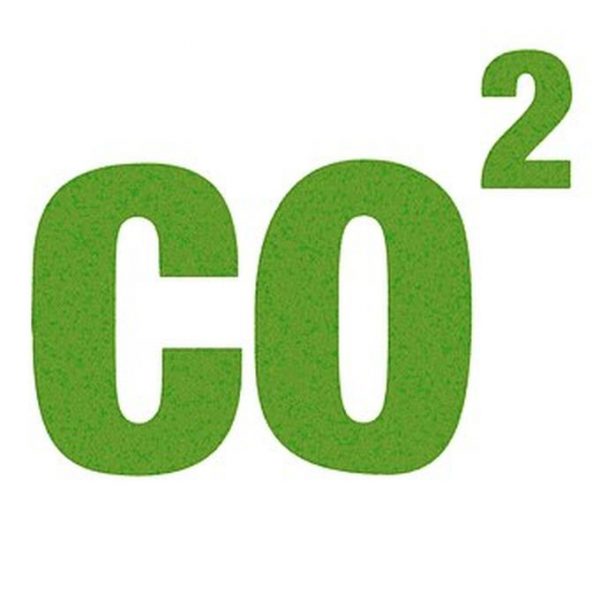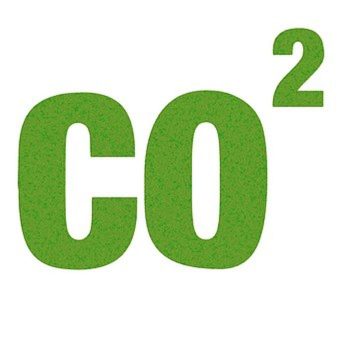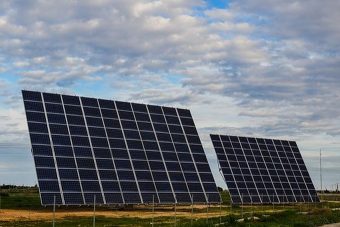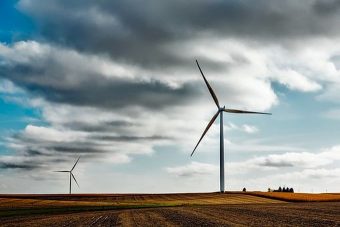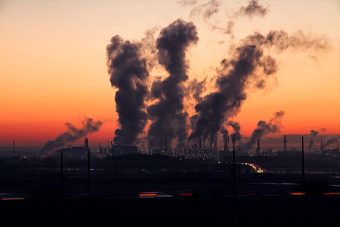
The pressure on the European coal power sector was again underlined this week, with the release of new data showing emissions from coal power plants covered by the EU’s emissions trading scheme (ETS) fell 11 per cent last year.
An analysis from carbon market think tank Sandbag detailed how overall emissions from the power sector fell four per cent last year, driven in large part by an 11 per cent slump in emissions from coal power.
The fall was the result of utilities switching from coal to gas across the bloc and the closure of a number of coal plants, primarily in the UK where separate government figures last month confirmed coal’s share of the power mix slumped from 22.3 per cent in 2015 to a record low of 9.1 per cent last year.
Dave Jones, electricity analyst at Sandbag, said the rapid decline in coal power emissions was “impressive”, but he warned more action was required to push dirty coal power off the grid across the bloc.
“Emissions from Europe’s 280 coal power plants still accounted for 39 per cent of total EU ETS emissions,” he said in a statement. “It is clear that phasing out coal in favour of renewables is the quickest and cheapest way to rapidly reduce ETS emissions, and policymakers must figure out how to make this happen.”
The switch away from coal has been largely driven by relatively low gas prices and the imposition of a higher carbon price in the UK through its carbon floor price.
The Sandbag analysis warns that the EU’s carbon price, imposed through the ETS, has had a negligible impact on power sector emissions and details how lower coal emissions have exacerbated the problem.
The report notes that lower emissions from coal have helped push the surplus of emissions allowances in the market above three billion tonnes for the first time.
“ETS emissions fell by 2.4 per cent in 2016, and have fallen on average 2.7 per cent since 2005,” the analysis explains. “This compares to the cap falling by 1.74 per cent in this phase, and no plans to increase the proposed 2.2 per cent fall in the next phase. This means emissions are now 11 per cent below the cap, and this gap means the cumulative surplus will continue to increase year on year.”
The EU is working on reforms to try and alleviate the surplus of allowances and push up carbon prices by moving excess allowances into a Market Stability Reserve. But Sandbag warned that under these changes the underlying problem of a huge disconnect between the cap and actual emissions will remain in place.
“A near-zero carbon price is doing nothing to help [drive the transition to cleaner energy],” Jones said. “The low carbon price is also stalling industrial decarbonisation, where emissions have fallen by less than one per cent in the last four years.”
Source: businessgreen.com


